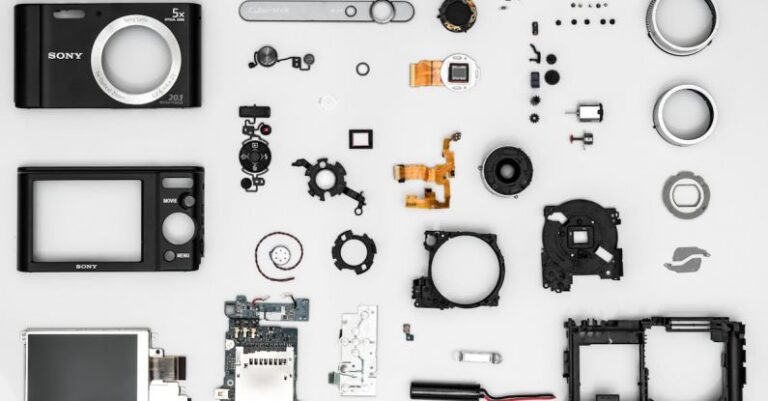
As technology advances, the integration of sensors into RC (remote-controlled) robots has become increasingly popular among hobbyists and enthusiasts. Sensors play a crucial role in enhancing the functionality and capabilities of these robots, allowing for improved control, navigation, and interaction with the environment. In this article, we will explore the various ways in which you can integrate sensors into your RC robot to take your project to the next level.
Choosing the Right Sensors
Selecting the appropriate sensors for your RC robot is the first step in the integration process. There are various types of sensors available, each serving a specific purpose. Some common sensors used in RC robots include ultrasonic sensors for distance measurement, infrared sensors for object detection, gyroscope and accelerometer sensors for orientation and motion sensing, and temperature sensors for monitoring heat levels. Depending on the functionalities you want to incorporate into your robot, you can choose the sensors that best suit your project requirements.
Mounting and Placement
Once you have selected the sensors for your RC robot, the next step is to determine the optimal mounting and placement locations. The placement of sensors plays a crucial role in their effectiveness and accuracy. For example, if you are using ultrasonic sensors for obstacle avoidance, mounting them at different angles around the robot’s chassis can provide a better range of coverage. Similarly, placing temperature sensors near the motors or electronic components can help monitor and prevent overheating issues. Experimenting with different mounting positions and orientations can help you find the most suitable setup for your robot.
Wiring and Connectivity
After mounting the sensors, the next important aspect is wiring and connectivity. Proper wiring ensures that the sensors are correctly connected to the microcontroller or control board of the RC robot. It is essential to follow the datasheets and wiring diagrams provided by the sensor manufacturers to avoid any issues. Additionally, paying attention to the power requirements and signal interfaces of the sensors is crucial for seamless integration. Using color-coded wires and labels can help you keep track of the connections and troubleshoot any issues that may arise during the integration process.
Calibration and Testing
Once the sensors are mounted and connected, calibration and testing are essential steps to ensure their proper functioning. Calibration involves adjusting the sensor settings to match the requirements of your robot and environment. For example, calibrating the ultrasonic sensor’s sensitivity and range can help improve the accuracy of obstacle detection. Testing the sensors in different scenarios and environments can help you identify any calibration errors or issues with the sensor readings. Conducting thorough testing before deploying your RC robot in real-world situations can help prevent unexpected failures or malfunctions.
Advanced Sensor Integration Techniques
In addition to basic sensor integration, there are advanced techniques that you can explore to enhance the capabilities of your RC robot further. Sensor fusion, which involves combining data from multiple sensors to improve accuracy and reliability, is a common technique used in robotics. For example, combining data from gyroscope, accelerometer, and magnetometer sensors can provide more precise orientation information for navigation and control purposes. Machine learning algorithms can also be implemented to analyze sensor data and make intelligent decisions based on the robot’s surroundings.
Optimizing Power Consumption
Efficient power management is crucial when integrating sensors into an RC robot, as sensors can consume a significant amount of power, impacting the overall battery life. Optimizing power consumption involves using low-power sensors, implementing sleep modes to reduce idle power consumption, and choosing the right sampling rates for sensor data acquisition. Additionally, using energy-efficient microcontrollers and power management techniques can help prolong the operating time of your RC robot during missions or tasks.
Final Thoughts on Sensor Integration
Integrating sensors into your RC robot opens up a world of possibilities for enhancing its capabilities and functionalities. By choosing the right sensors, mounting them strategically, wiring them correctly, calibrating them accurately, and implementing advanced integration techniques, you can create a sophisticated and intelligent RC robot that can navigate its environment effectively. Experimenting with different sensors and techniques can help you unleash your creativity and take your robotics projects to new heights. Embrace the power of sensors and unlock the full potential of your RC robot!





